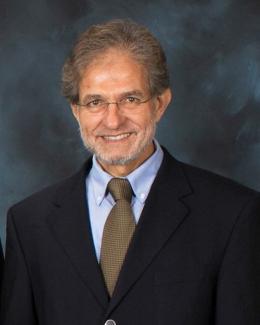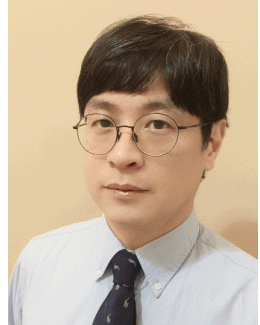Abstract
Regeneration energy and recyclability are important parameters that dictate the viability of a CO₂ direct air capture (DAC) process. In this study, differential scanning calorimetry (DSC) is used in conjunction with thermogravimetric analysis (TGA) and Fourier Transform Infrared Spectroscopy (FTIR) to evaluate the regeneration energy required for CO2-loaded 3 M aqueous potassium sarcosinate (K-SAR) solvent and crystalline methyl-glyoxal-bisiminoguanidine (MGBIG) sorbent. Based on calorimetric measurements, for aqueous K-SAR, the sensible heat amounts to 1.5 GJ/tCO2 and the enthalpy of desorption is estimated at 3.68 GJ/tCO2. The total energy of regeneration will also include the enthalpy of solvent vaporization, which will depend on the thermodynamic conditions and the level of regeneration. For MGBIG, the total regeneration energy required was measured at approximately 7.0 GJ/tCO2. FTIR measurements were used to observe CO₂ and H2O release during the thermal regeneration process. For K-SAR, CO₂ release is seen to take place at temperatures greater than 80 °C and, for MGBIG, the CO₂ release takes place at temperatures greater than 100 °C. The moderate temperatures required for K-SAR and MGBIG regenerations compared to other DAC solvents/sorbents suggest that low-cost sources of heat, such as geothermal heat, could potentially be used for regeneration to drive down the cost of direct air capture.





